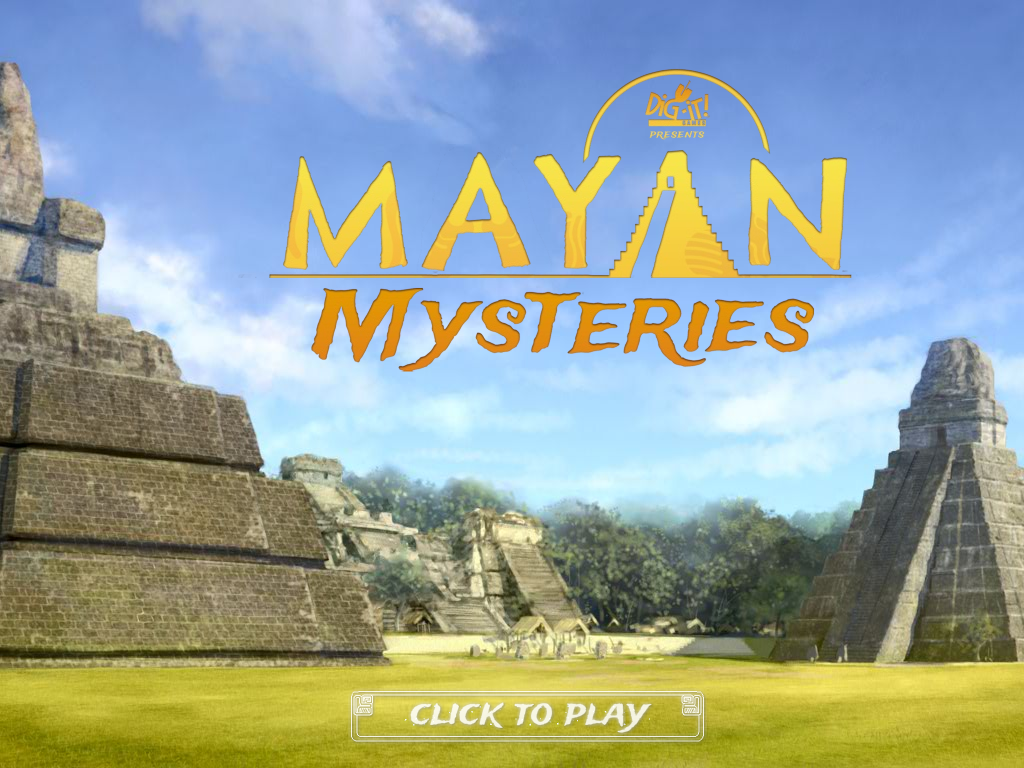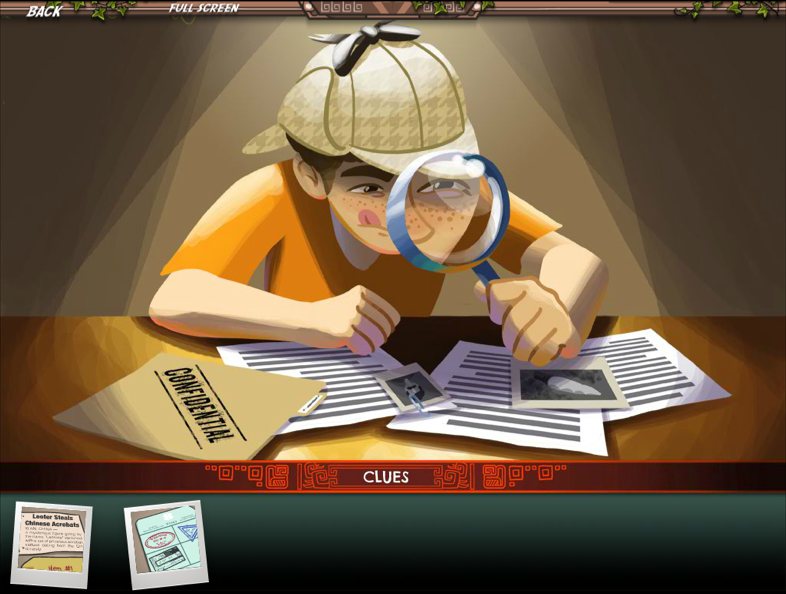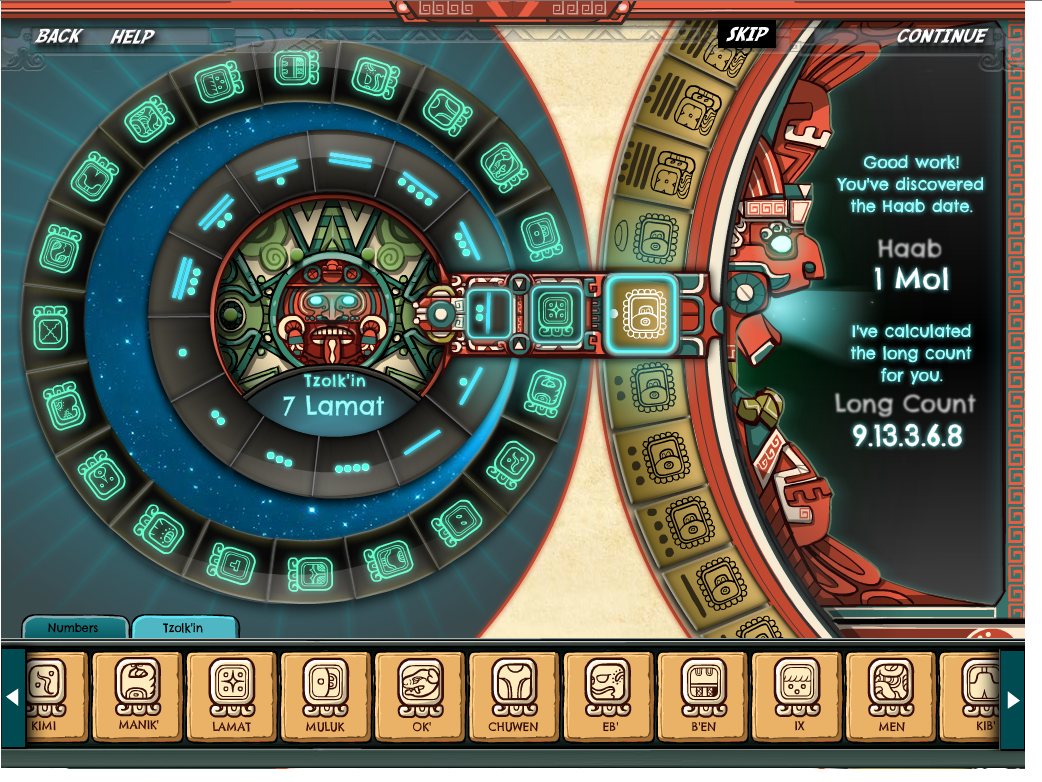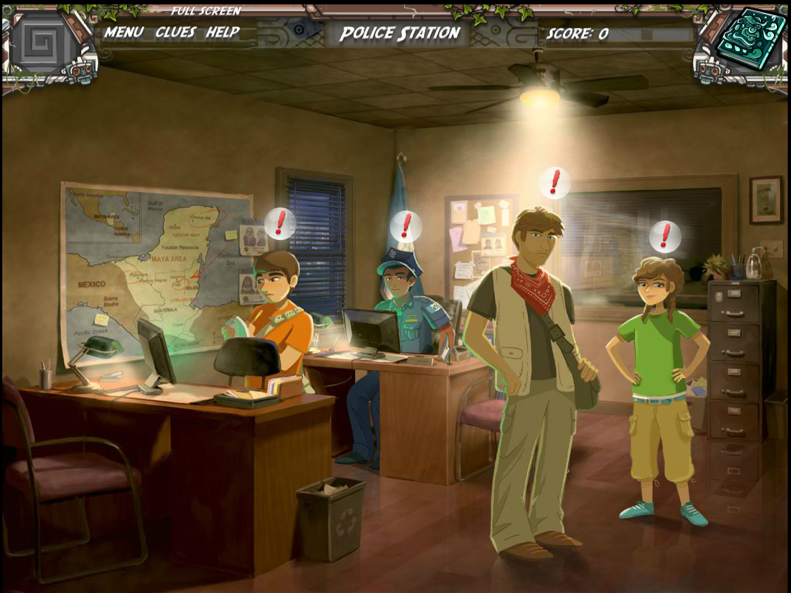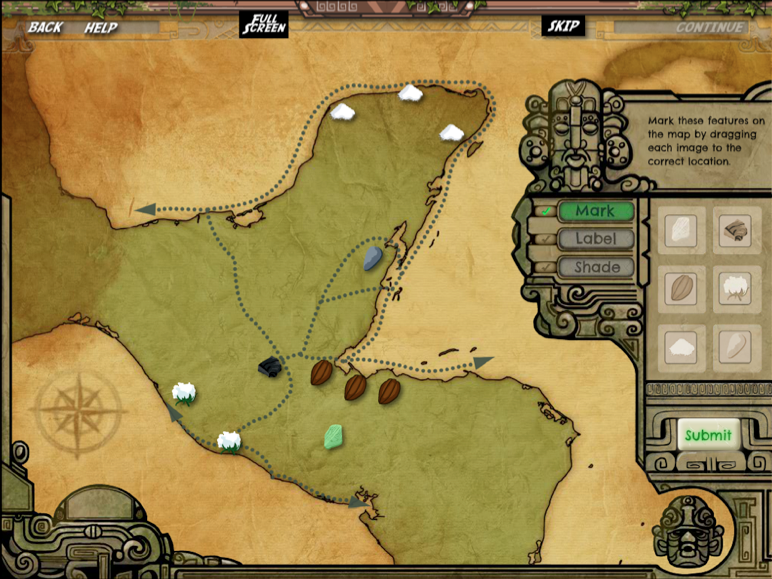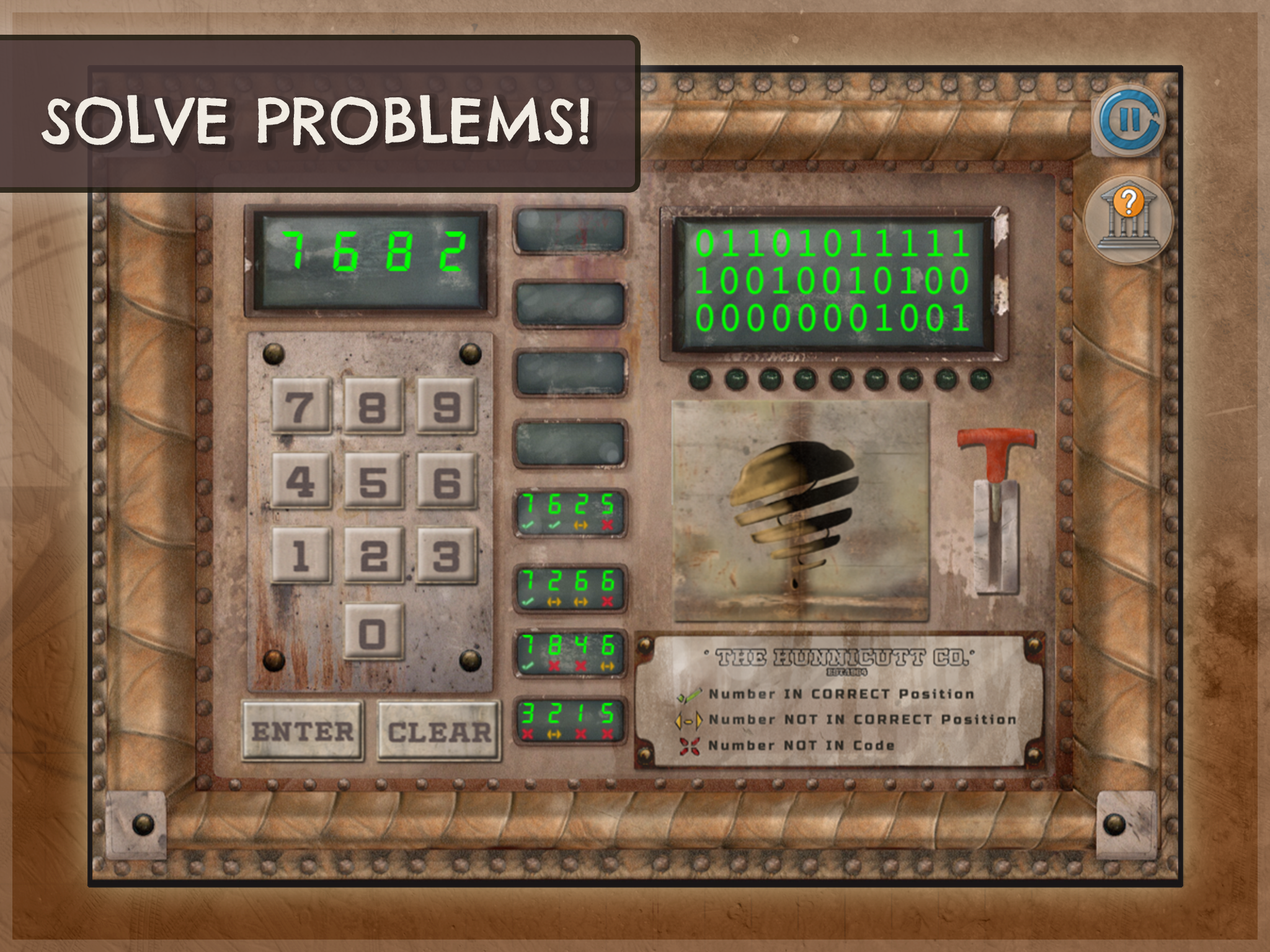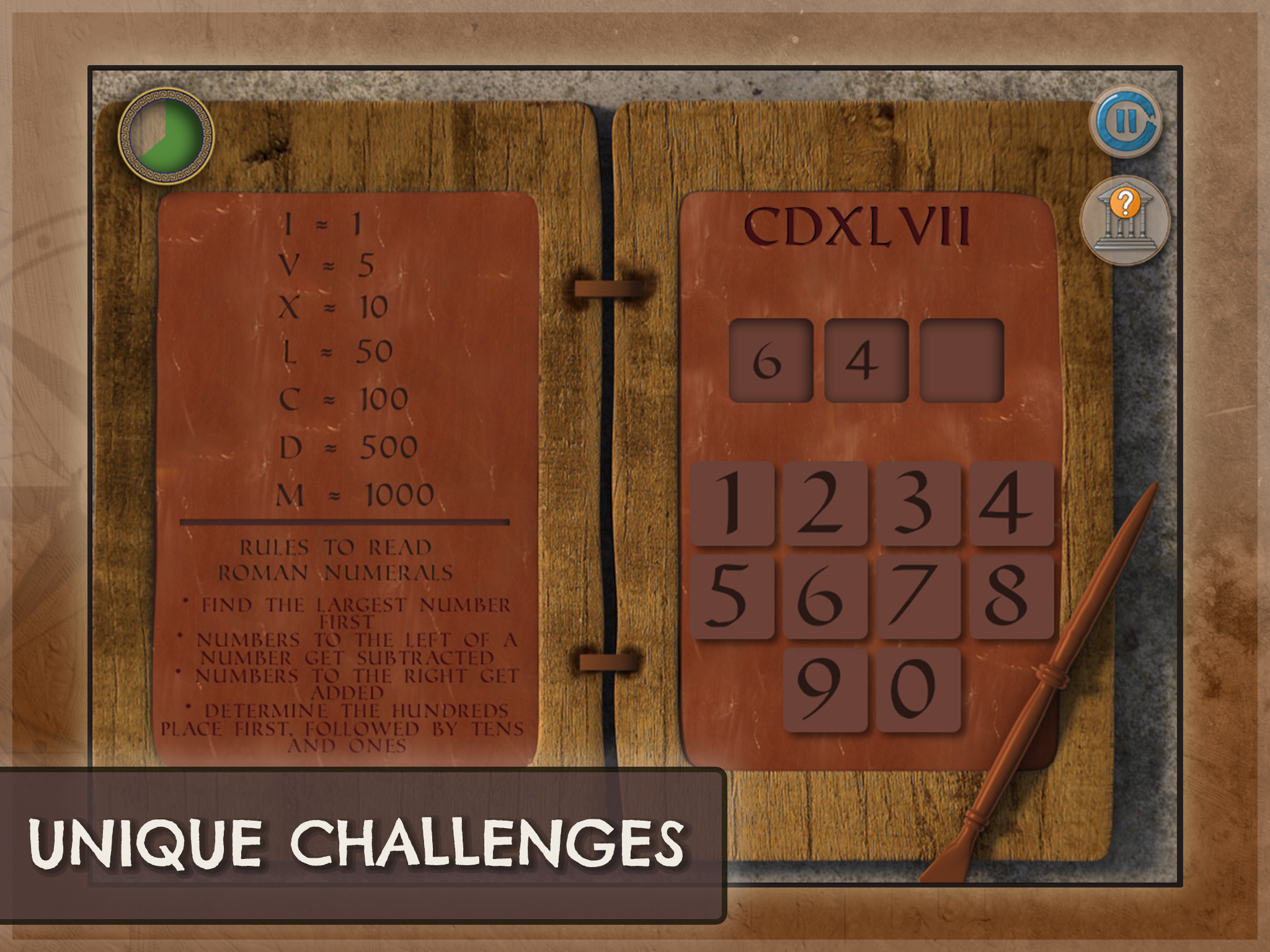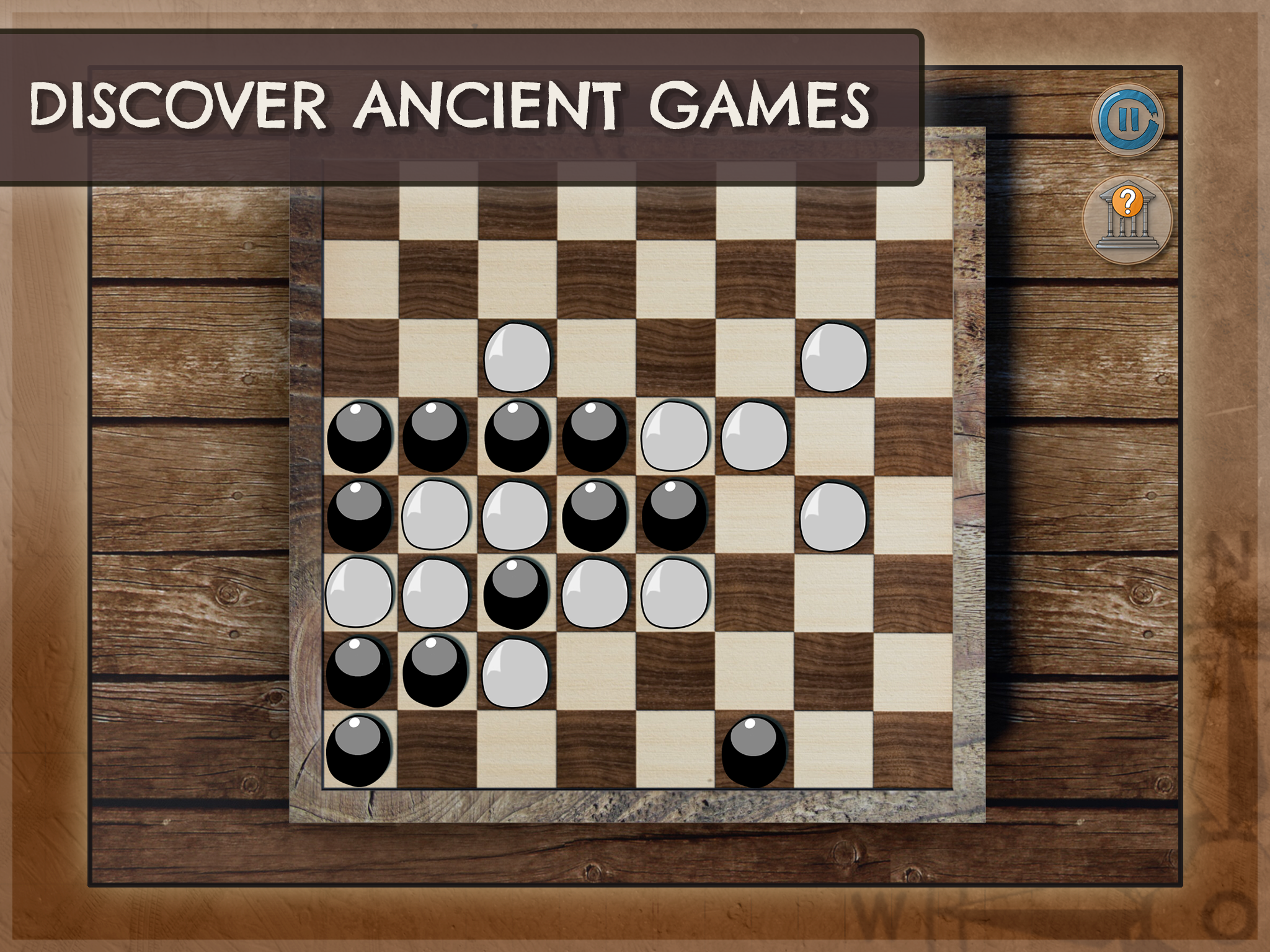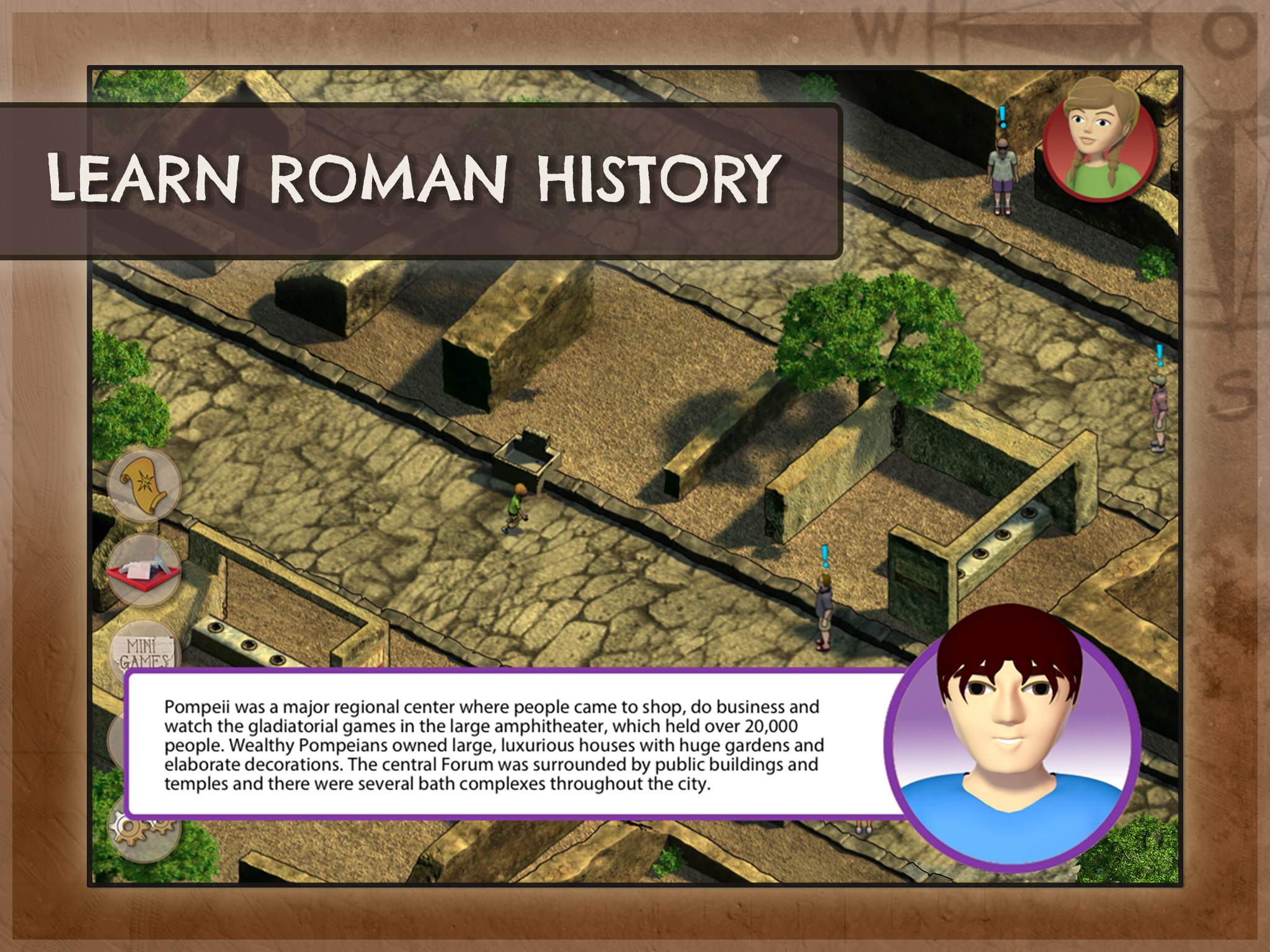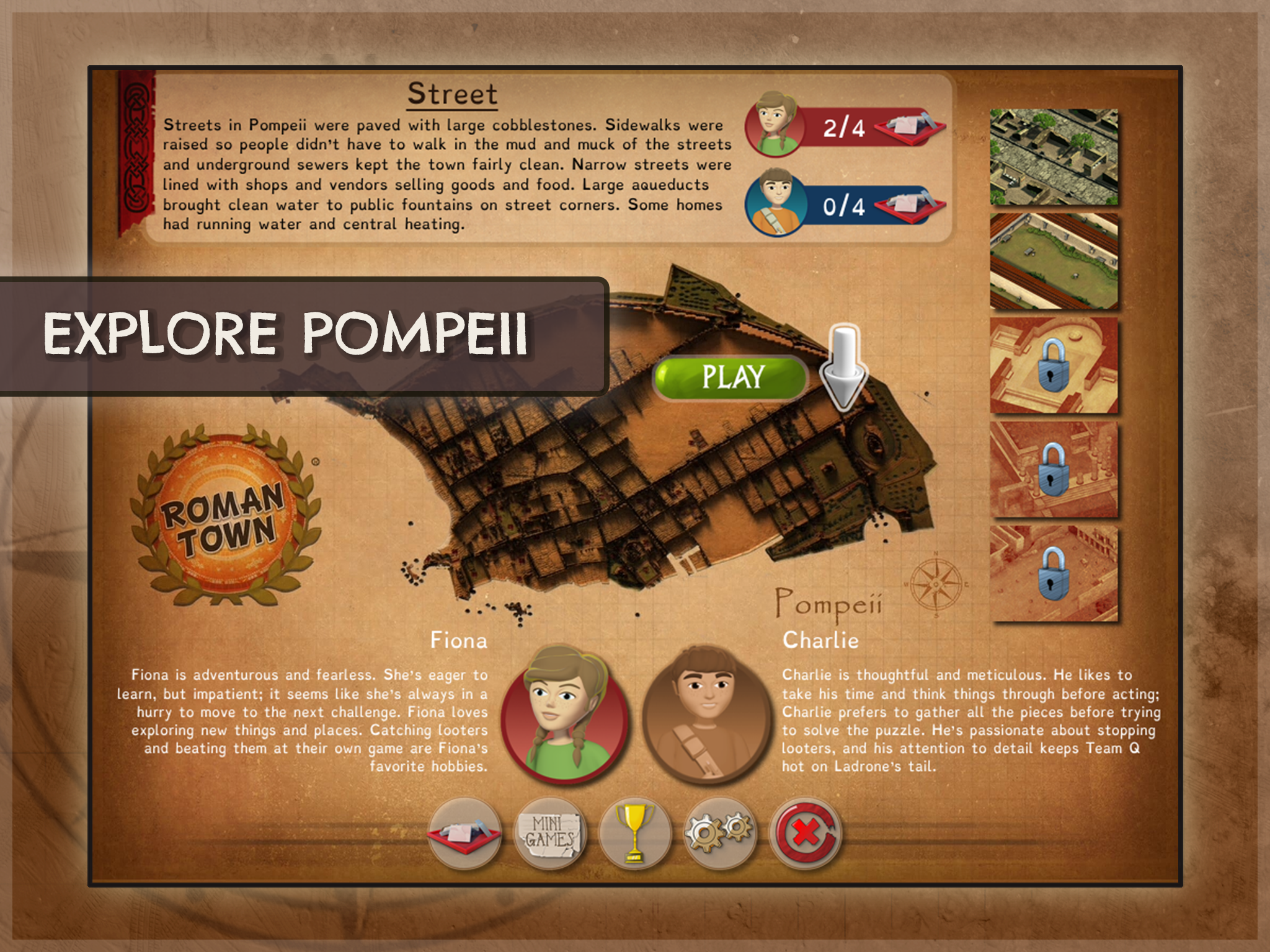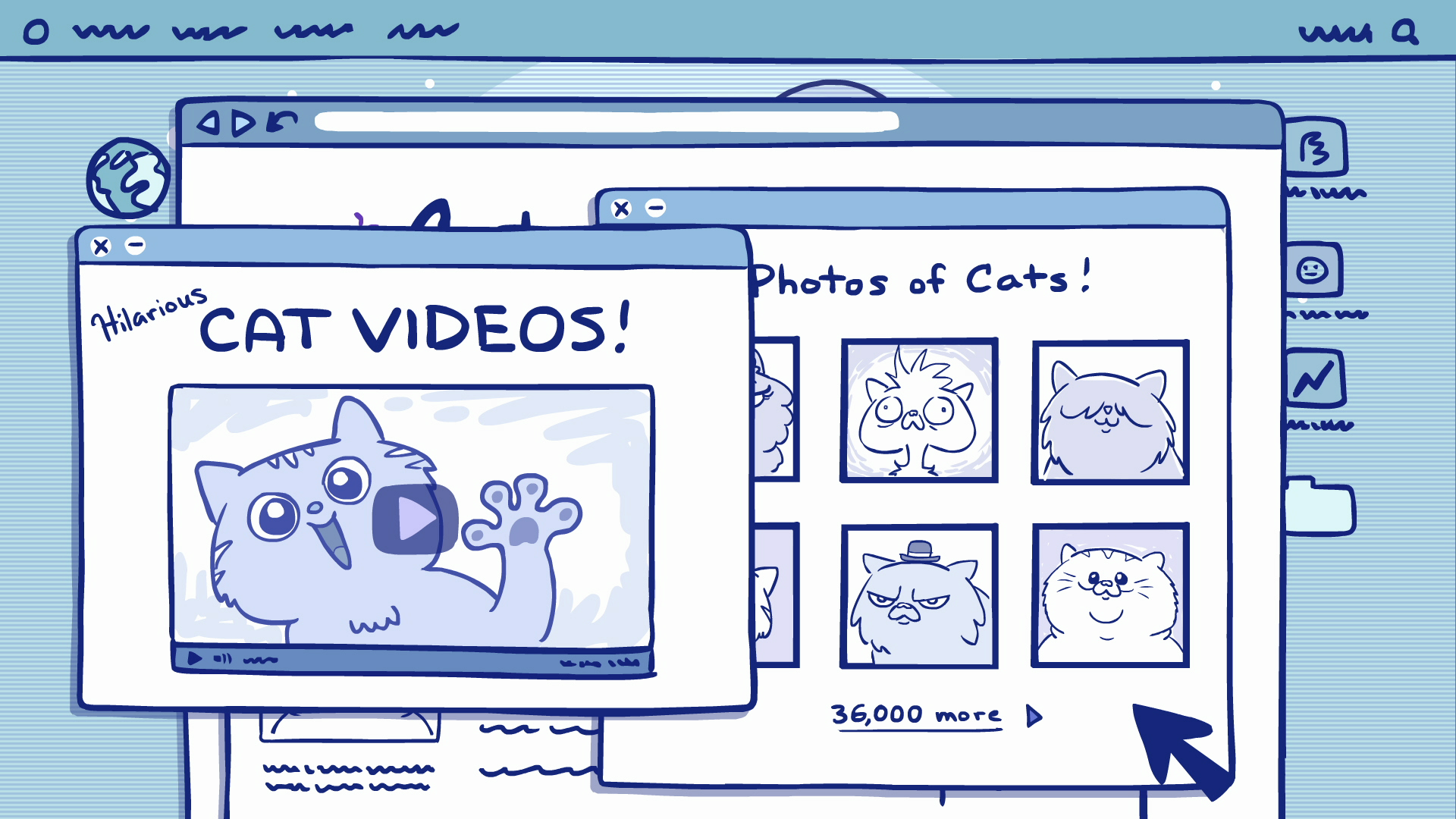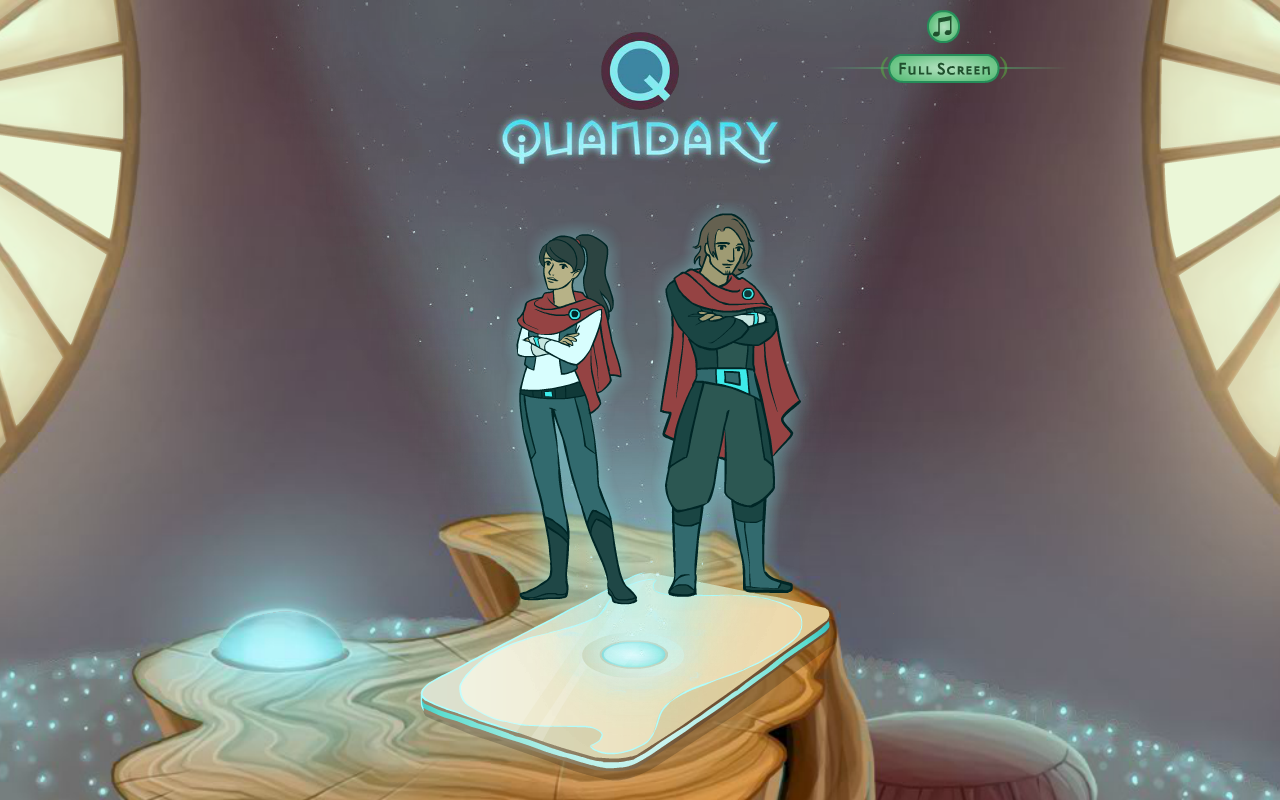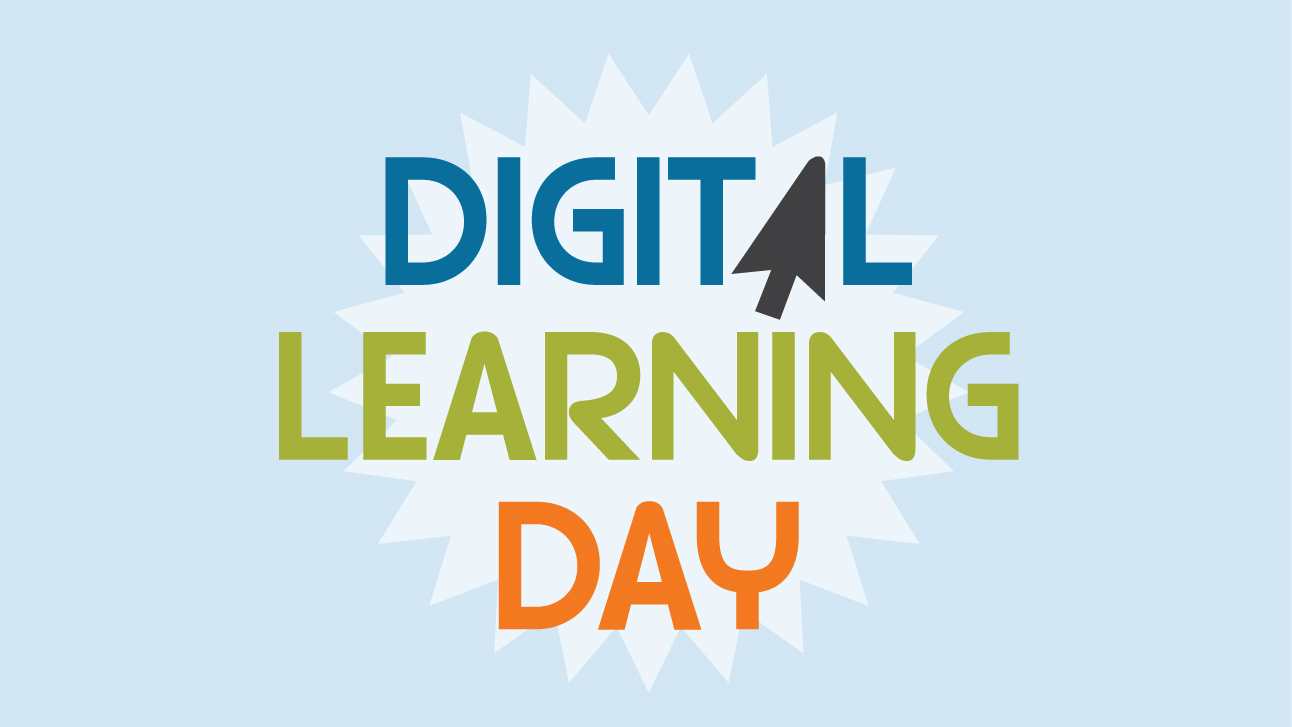As the education technology world continues to evolve, exciting new products and services are emerging to strengthen and create unique learning experiences for leaners of all ages. Digital Learning Day was established in 2012 to spotlight the many different facets, tools, and applications that support and empower teachers and students. It applauds educators who are getting creative with their digital resources to open up a whole new world of discovery. In honor of Digital Learning Day, we’re sharing some game-based learning tools we’ve developed with a few of our partners.
We’ve been in the educational media industry for over 20 years. Throughout this journey, we’ve held on to our belief in the power of learning through play. This roundup of resources offers a look at immersive play in diverse content areas including history, civic engagement and reading, logic, financial literacy, leadership, resiliency, and social emotional skill building. Players learn and develop skills as they play exciting roles of daring explorer, investigative journalist, and even a wily con artist.
We’d love to hear and learn from you! Share how you’re implementing game-based learning tools in the comments below.
Zoombinis, TERC
Make me a pizza! Through Zoombinis, players learn important life skills including algebraic thinking, data analysis, and theory formulation in a fun and engaging setting. With 12 puzzles and four levels of increasing difficulty in each, players are constantly challenged, improving their problem-solving skills as they advance through the game. Play the revamped classic game you know and love!
Con ‘Em If You Can, Commonwealth
Con 'Em If You Can is a fun, interactive strategy game developed to help players learn how to spot and avoid investment fraud. The game turns the tables and players are cast into the role of fraudster, learning key techniques – phantom riches, reciprocity, scarcity, social consensus, and source credibility – to scam the residents of Shady Acres and thwart the Fraud Fighting Agency!
Operation: REACH, Boys & Girls Club of America
Players set sail on the SS Chelonia to rescue crewmates stranded along a mysterious island archipelago. Aboard the ship, players work with the Captain to navigate and mediate interpersonal conflicts among the crew that threaten the success of the mission. Only with communication, resiliency, collaboration, and empathy will they be able to gain the strength and knowledge to face the final mystery of the Fog, and return safely home. Players gain social emotional learning skills by utilizing tools to keep their stress and anxiety at bay.
Read to Lead, Classroom, Inc.
After the Storm and Community in Crisis places middle schoolers in the fictional city of Port Douglas – a community devastated by a hurricane. By leading the daily news website and running the community center, students assume a leadership role in the community and pick up literacy skills along the way. The literacy learning games in the Read to Lead series promote vocabulary, multi-media production and editing, and work place readiness through real world simulations.
Ripped Apart: A Civil War Mystery, Smithsonian Institution National Museum of American History
Ever wondered what it’s like to work at the Smithsonian? With the sudden and curious departure of her last intern, Museum Curator Isabella Wagner needs help solving a mystery dating back to the Civil War. Ripped Apart invites players to immerse themselves in the 19th century by exploring the photographs and belongings of mysterious characters from America’s past as an intern at the museum. The app aims to improve the understanding of American history, while helping players get a feel for the critical thinking skills, analysis, and tools museum curators use to study and classify historical objects and artifacts.










